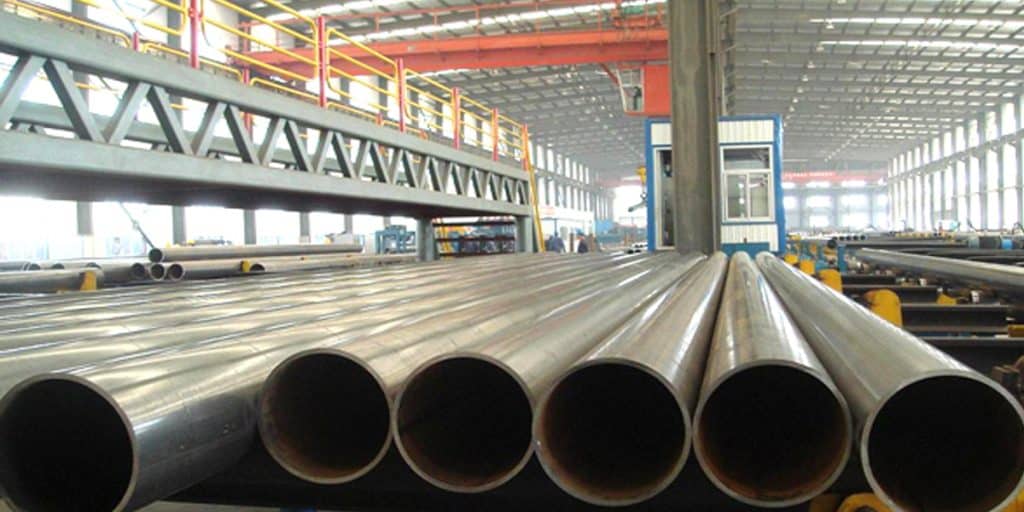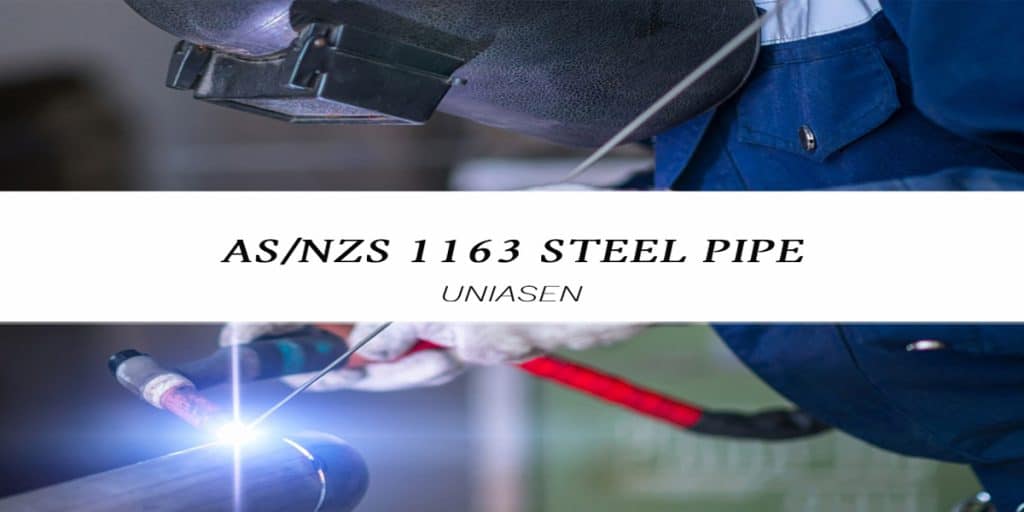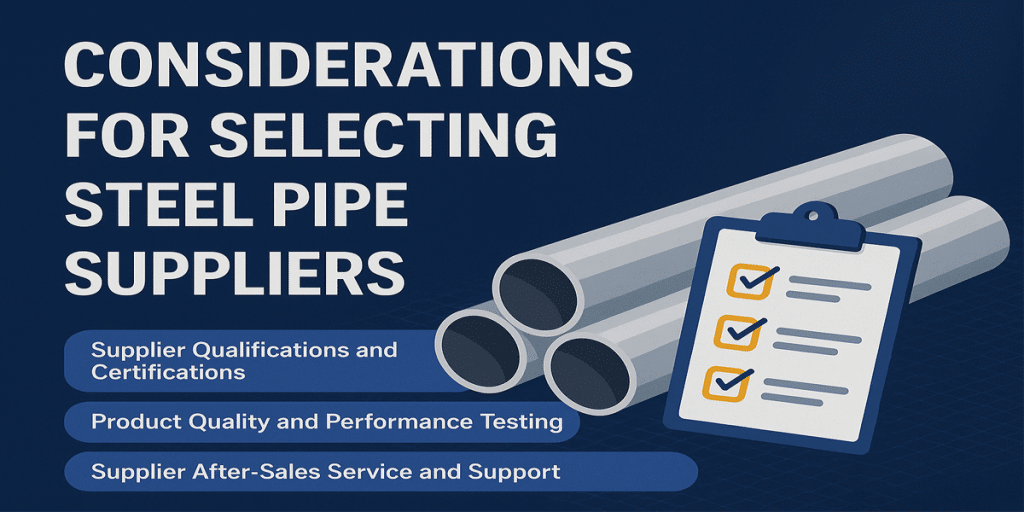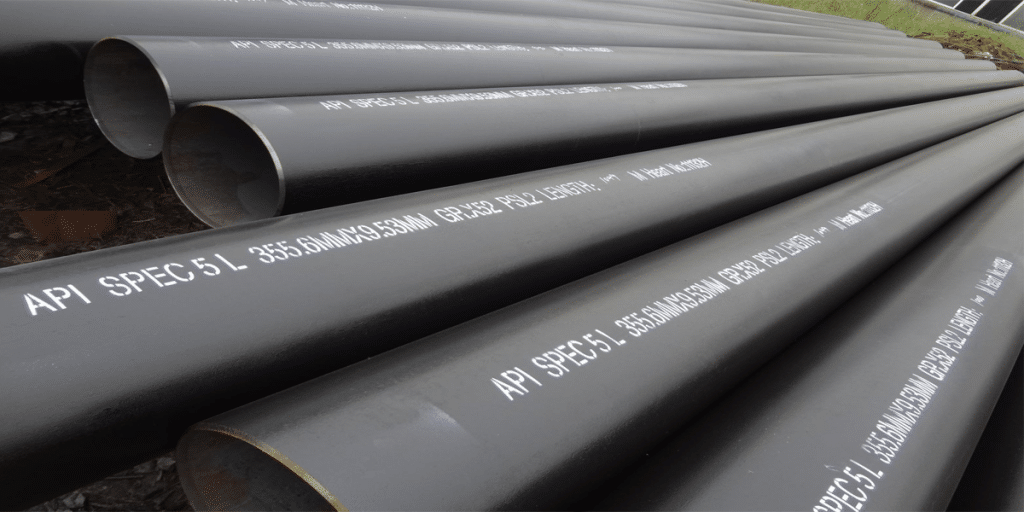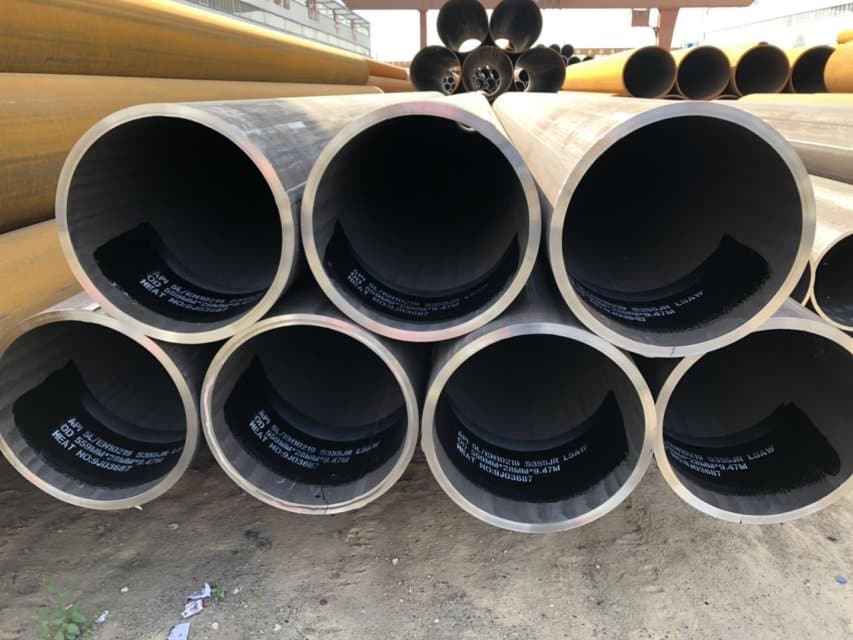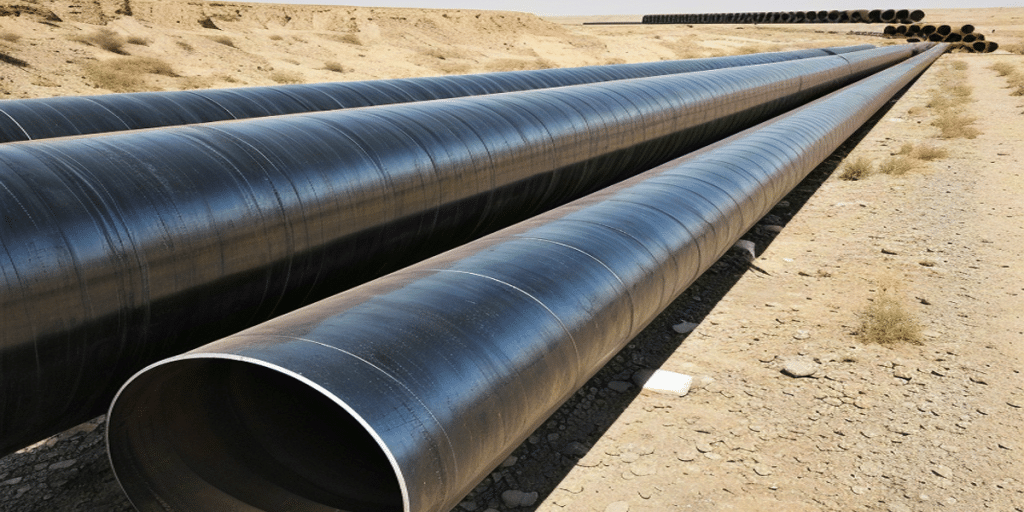- 1. What is ASTM A53 Grade B?
- 2. What is an MTC (Mill Test Certificate)?
- 3. How to Interpret the Chemical Composition Section for ASTM A53 Grade B
- 4. Interpretation of Mechanical Properties
- 5. Non-Destructive Testing (NDT) and Hydrostatic Test Data
- 6. LONGMA’s Quality Assurance and Internal Testing System
- 7. Conclusion: Why is the MTC Critical for Buyers?
In the process of steel pipe procurement, the Mill Test Certificate (MTC) is one of the most critical documents for buyers to assess product quality and compliance. For ASTM A53 Grade B carbon steel pipes (ASTM A53 B)—widely used in oil, gas, water supply and drainage, and structural engineering—correctly understanding the MTC not only helps buyers verify whether the product meets standard requirements but also effectively reduces procurement risks and ensures project safety.
This article provides an in-depth analysis of the MTC for ASTM A53 Grade B, helping you clearly understand the significance of various test data, the basis of inspection standards, and how to evaluate a supplier’s reliability through the certificate.
What is ASTM A53 Grade B?
ASTM A53 Grade B (referred to as ASTM A53 B for short) is a low-carbon steel pipe standard developed by ASTM International. It is suitable for welding, galvanizing, bending, and general conveyance applications. The standard covers three manufacturing types:
- Type E: Electric Resistance Welded (ERW)
- Type S: Seamless
- Type F: Furnace-butt Welded
Among these, ASTM A53 Grade B Type E and ASTM A53 Grade B Type S are the two most widely used types in the current market. The Grade B designation indicates higher mechanical strength—compared to Grade A, it has higher yield strength, tensile strength, and service pressure rating.
According to the requirements of the ASTM A53/A53M standard:
- Minimum Yield Strength: 240 MPa (35 ksi)
- Minimum Tensile Strength: 415 MPa (60 ksi)
These parameters are usually clearly listed in the MTC and serve as key bases for evaluating whether the steel pipe complies with specifications.
What is an MTC (Mill Test Certificate)?
An MTC (Mill Test Certificate) is an official document issued by the steel pipe manufacturer in accordance with EN 10204:3.1 or 3.2 standards. It certifies that the product’s chemical composition and mechanical properties meet the requirements of the corresponding ASTM A53 Grade B Specification. Every MTC should include the following key information:
- Manufacturer’s name and address (e.g., LONGMA Steel Pipe Co., Ltd.)
- Production standard (ASTM A53/A53M Grade B)
- Manufacturing type (Type E ERW or Type S Seamless)
- Heat Number and Lot Number
- Chemical composition analysis results
- Mechanical properties test results
- Hydrostatic or non-destructive testing (NDT) report
- Inspector’s signature and issue date
How to Interpret the Chemical Composition Section for ASTM A53 Grade B
The chemical composition of ASTM A53 Grade B determines its strength, weldability, and corrosion resistance. According to standard requirements, the typical composition is as follows:
| Element | Maximum Content (%) |
| Carbon (C) | 0.30 |
| Manganese (Mn) | 1.20 |
| Phosphorus (P) | 0.05 |
| Sulfur (S) | 0.045 |
| Copper (Cu) | 0.40 (optional) |
| Nickel (Ni) | 0.40 (optional) |
When reviewing the chemical analysis table in the MTC, buyers should focus on verifying:
- Whether the content of each element is below the maximum limit specified in the ASTM A53 Grade B standard;
- Whether there are elements exceeding the limit (e.g., excessive phosphorus or sulfur content may cause brittle fracture);
- Whether the results of heat analysis and product analysis are clearly indicated.
If there is a deviation between the chemical data in the certificate and the standard, you should immediately request the manufacturer to provide a re-inspection report or third-party verification document.
Interpretation of Mechanical Properties
The mechanical properties section is the core of the MTC, directly determining whether the steel pipe meets the strength and safety requirements of the project. The typical mechanical properties of ASTM A53 Grade B are as follows:
| Item | Requirement |
| Tensile Strength | ≥ 415 MPa (60,000 psi) |
| Yield Strength | ≥ 240 MPa (35,000 psi) |
| Elongation | ≥ 25% (adjusted based on wall thickness) |
| Bend Test | 180° without cracking |
| Flattening Test | No cracking or delamination |
When reviewing the MTC, you should pay close attention to:
- Whether the tensile and yield strengths meet the standards (insufficient strength indicates substandard materials);
- Whether the elongation complies with specifications (it reflects the material’s toughness and ductility);
- Whether the testing equipment, inspection batch, and applicable standard (e.g., ASTM A53/A53M Section 9) are clearly stated.
Non-Destructive Testing (NDT) and Hydrostatic Test Data
ASTM A53 B, especially Type E (ERW) welded pipes, has strict requirements for weld inspection. According to the standard:
- All ERW pipes must undergo electromagnetic induction or ultrasonic testing (NDT);
- Each pipe must pass a hydrostatic test or an equivalent non-destructive test;
- The testing standards are based on Sections 9.3 and 9.4 of ASTM A53/A53M.
In the MTC, this section is usually presented in the following form:“Each pipe has been hydrostatically tested at 5 MPa pressure without leakage.” or “ERW welds 100% examined by Eddy Current per ASTM A53/A53M Section 9.”
These data confirm that the batch of pipes has passed internal quality verification and meets the installation requirements of the project.
LONGMA’s Quality Assurance and Internal Testing System
As a steel pipe manufacturer with over 20 years of production experience, LONGMA not only strictly implements the ASTM A53/A53M standard but also has established a comprehensive internal laboratory testing system. This ensures that every ASTM A53 Grade B carbon steel pipe is accompanied by a true and complete MTC report.
Our quality assurance measures include:
- Full-process tracking and testing: Raw materials → Forming → Heat treatment → Non-destructive testing → Factory inspection;
- Use of internationally certified equipment (e.g., spectrometers, universal tensile testing machines, ultrasonic flaw detectors);
- Support for third-party inspection (SGS / BV / TUV);
- Each batch of products is accompanied by an EN 10204 Type 3.1 MTC, traceable to specific heat numbers and test records.
Through these strict testing and recording systems, LONGMA can provide customers with reliable, transparent, and verifiable product quality certification, reducing your procurement risks.
Conclusion: Why is the MTC Critical for Buyers?
Correctly interpreting the MTC for ASTM A53 Grade B enables buyers to:
- Verify whether the product truly meets the requirements of the ASTM standard;
- Prevent receiving mislabeled or non-compliant pipes;
- Ensure the safety and service life of project construction;
- Enhance the transparency and professionalism of procurement decisions.
Choosing LONGMA means you not only obtain high-quality ASTM A53 Grade B carbon steel pipes but also receive complete test data, authoritative factory certification, and full-process technical support

